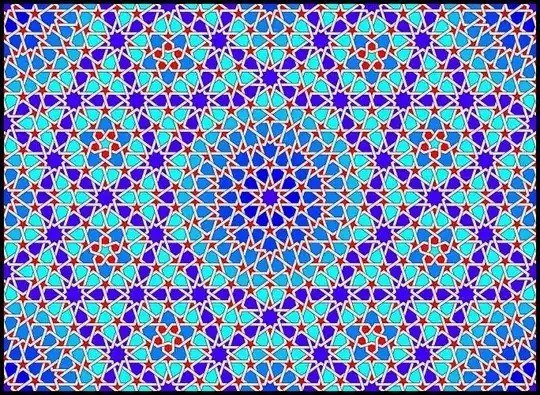Here's a very vague intuition for why such a proof might be possible.
Many people are shocked when they hear that the general quintic cannot be solved. "What does that mean?", they say. "Just because many people have tried and failed does not mean that's impossible. Flight was impossible until the Wright Brothers took off at Kitty Hawk...", etc. etc. But when we talk about solving the quintic, we are not talking about as some Herculean task that only a genius can accomplish. We're just talking about something that, as it turns out, is not allowed according to the rules of the algebra game.
One way of proving that a given task is impossible is to find something that stays the same when you perform any of the possible "moves" that are allowed. For example, suppose you were teaching someone the rules of checkers, you play a couple games, and then you point out that a piece on a black square can never find its way to a white square. "What?!", your friend bellows. "I don't see why not! Flight was impossible until...", etc. But all you need to do to prove this simple fact is to observe that at any given time, none of the rules allow you to move from black to white.
In the algebra game, you're given a polynomial $p(x) = a + bx + cx^2 + dx^3 + ex^4+fx^5$ and you're allowed to manipulate the symbols $a,b,c,d,e,f$ and numbers $1,2, \ldots$ in various ways. For example, you can add $a$ and $b$ to get $a+b$; you're allowed to multiply, divide, etc. This gives you what mathematicians call a field.
You're also allowed to use the symbol $\sqrt{}$, so to take square roots, cube roots, etc.. This lets you make complicated-looking expressions like $$\sqrt[8]{\frac{a + b \sqrt{d +e^3}}{e-\sqrt[4]{5}}}.$$ But to do this, you have to make your field bigger. This is called a field extension.
As it turns out, there's a certain property that's always the same when you make field bigger by taking roots. It's a little complicated to explain what - for that you must learn Galois theory. But it's a little bit like the way a checker can't change colors.
It turns out that for certain polynomials $p(x)$, you can prove that any field that contains any root of $p(x)$ doesn't have that property. That means that you can spend all day playing with roots, etc., and you will never solve the general quintic. A clever mathematician like Évariste Galois can see the whole game at once and realizes that your task is not possible.

